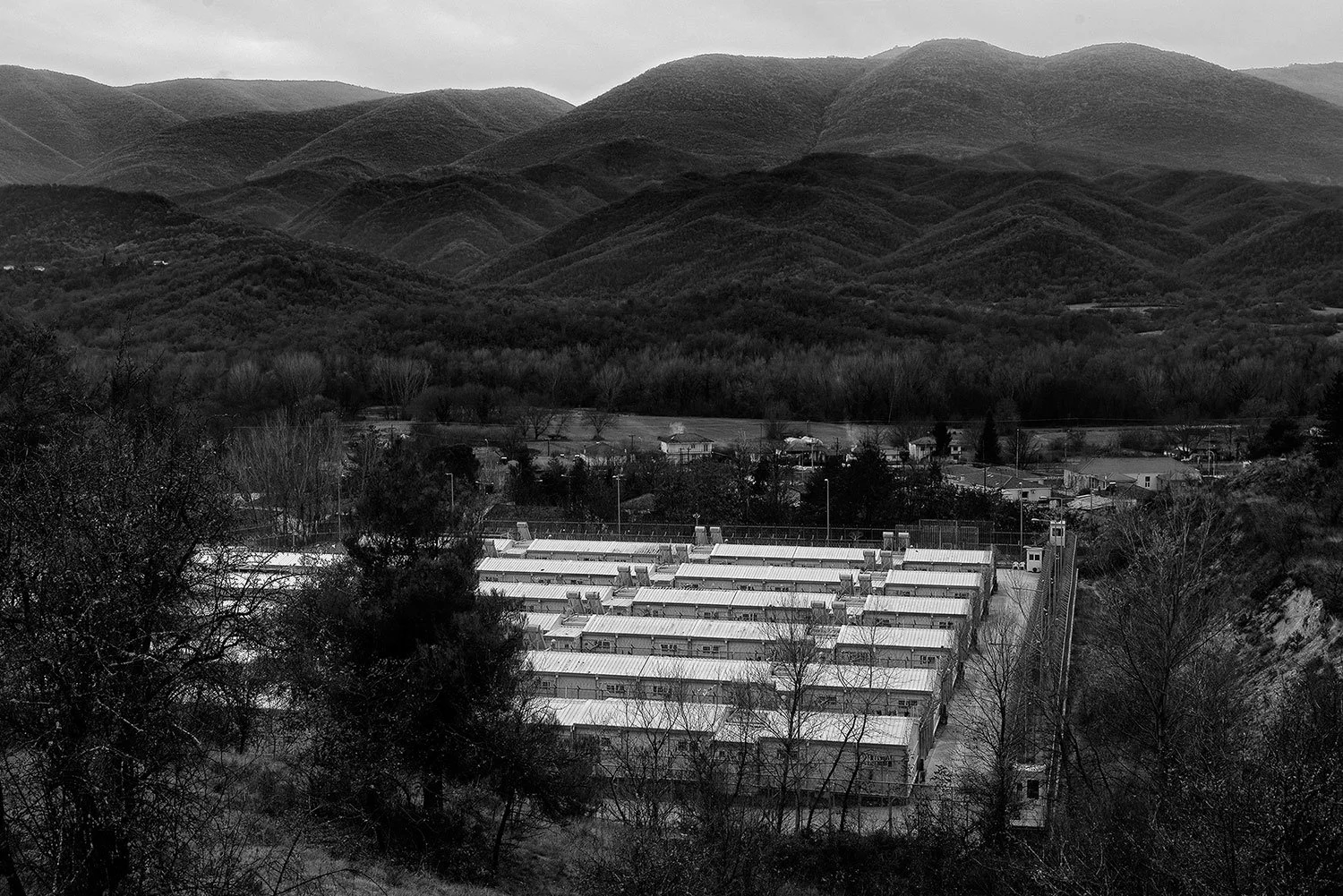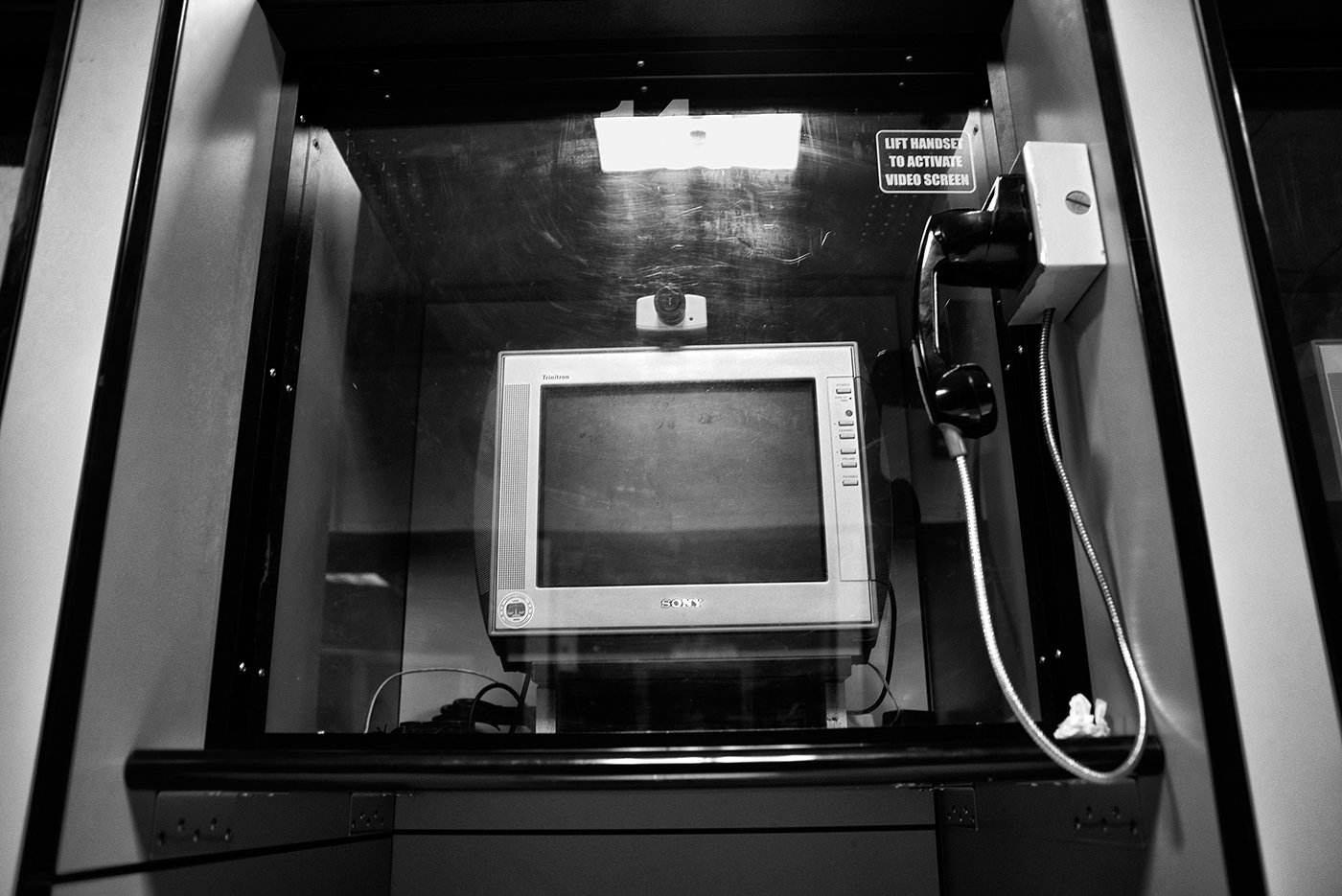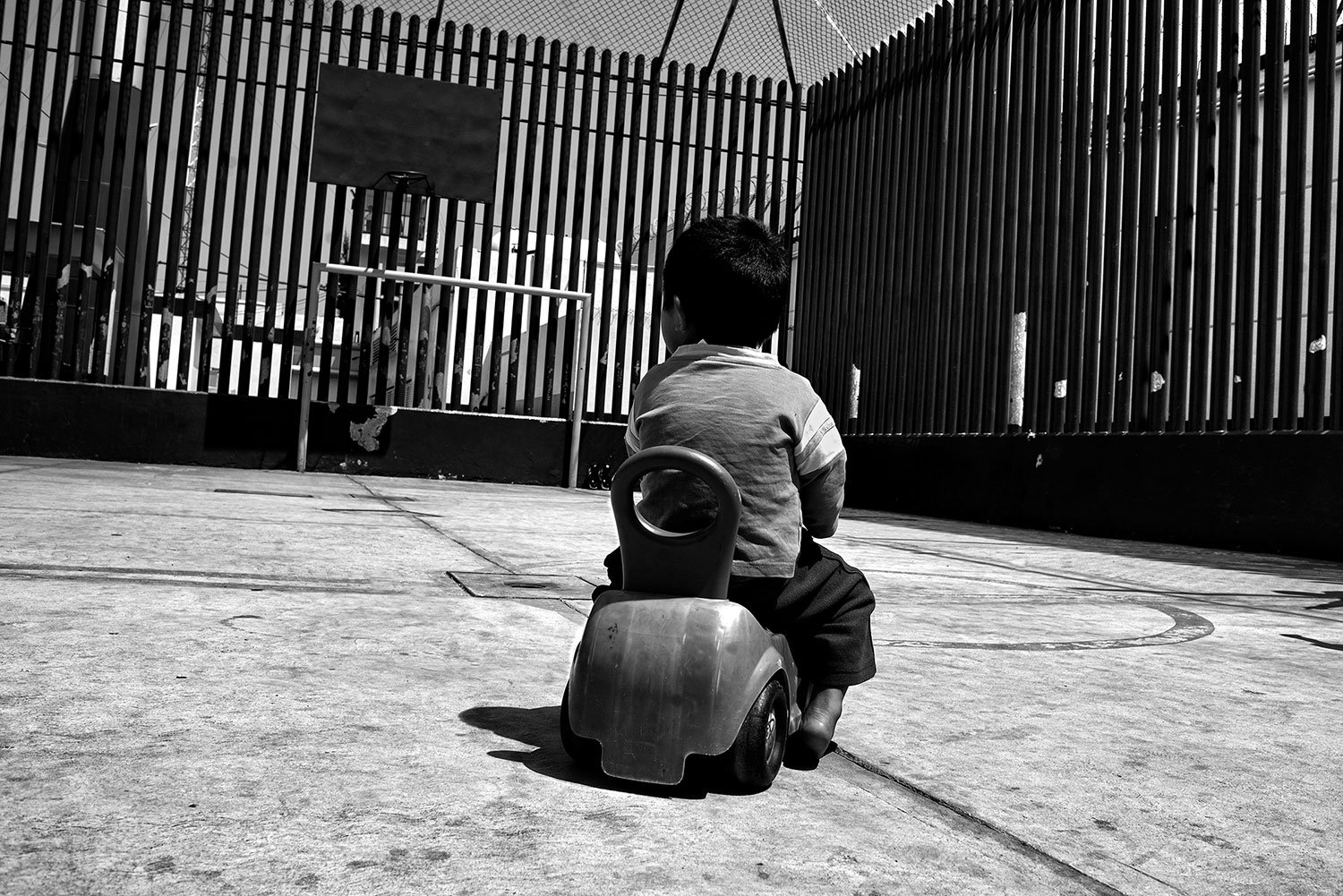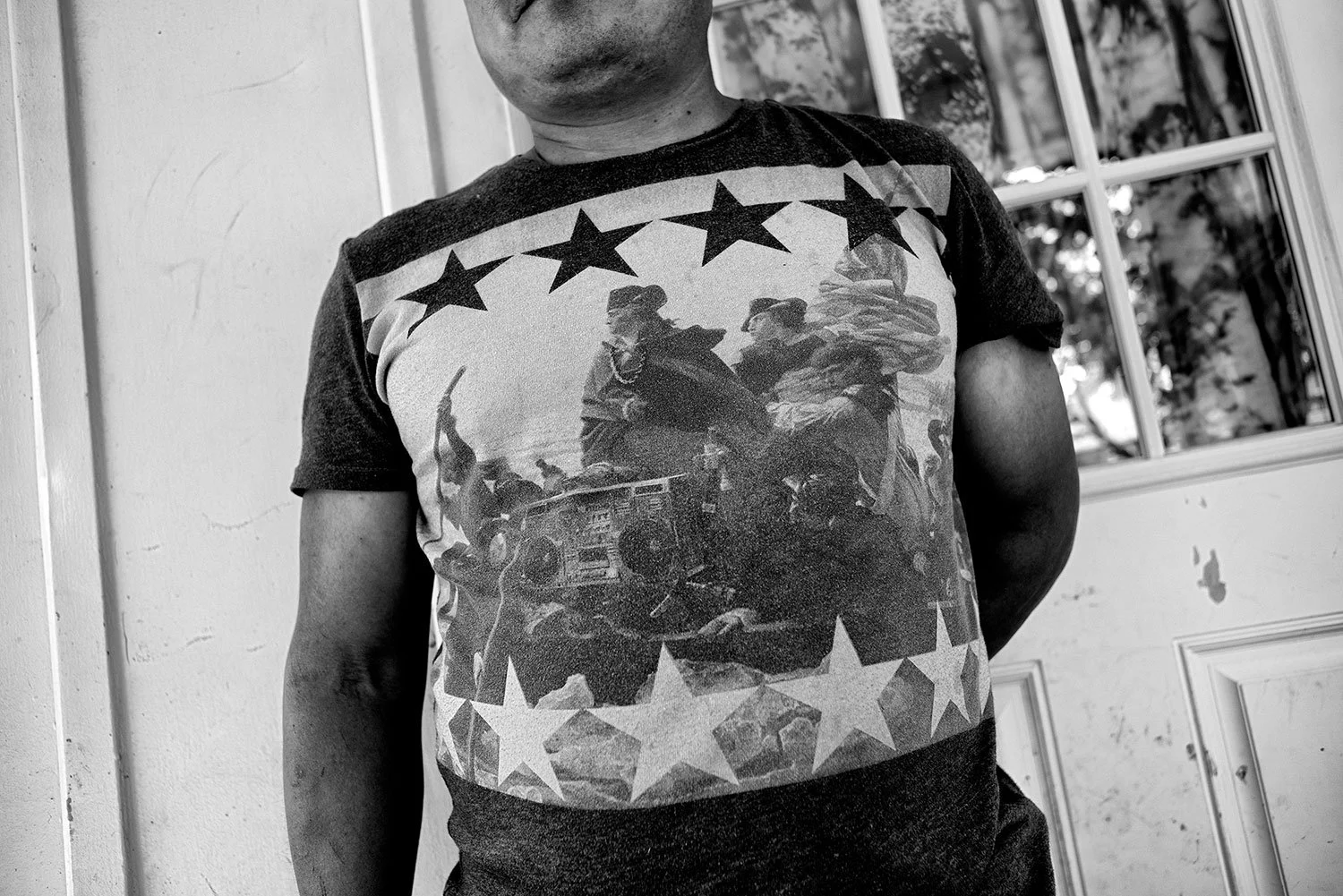MULTIMEDIA AWARD
RECIPIENT: Greg Constantine - Seven Doors: An American Gulag
JUROR: Sam Wolson - The New Yorker
-
Today, immigration detention is a central component of immigration and asylum policy for governments around the world. In the United States, over 46,000 immigrants are detained each day in a web of prison-like detention centers while they wait for their asylum claims to be heard. Media coverage and policy discussion of immigration is often defined by the politicized optics of border crossings. Moreover, the visual translation of the use of immigration detention, especially in the United States, is usually reduced down to info graphics or illustrated maps. But how much does the US public really know about the scale and scope of this system and the trauma it inflicts on people?
I spent seven years on the project Seven Doors (2015-2023) and traveled to nine countries. The United States is the centerpiece of this entire project. Through images, data/statistics, voices and oral testimony and video, this project interrogates the widespread use of immigration detention in the United States in an attempt to demystify and expose: where these places are located, what they look like and how they traumatize and damage the lives of individuals, families and entire communities.
The work from the US titled, An American Gulag presents a multi-layered ‘photographic atlas’ of the US detention system. Panoramic images of the facilities along the western, southern and eastern border and square images of county jails throughout the interior of the US are paired with oral testimony of individuals sharing their experience in these facilities. The voices of those who have been detained or families who have someone in detention serve as the viewers guide into this experience. In an exhibition format, over 25 of these photographs are paired with QR code prompted ‘audio testimonies’. It is an immersive way of transporting audiences closer into the lived experience of what life is like inside these places of injustice. Documentary work and short videos are used to further ground the work and also share personal stories and the efforts being made to combat this system. In parallel with the visual work, data and statistics are used throughout to add more context.
The use of detention reached historic levels during Trump’s first term, and the Biden Administration failed to significantly reduce immigration detention. However, the Trump administration’s second term is already showing America’s immigration detention complex will expand exponentially over the next four years. I intend to continue this work.
View the project website – 7doors.org
-
Judging this year’s entries proved both a privilege and a challenge. The projects crossed a wide spectrum of subject matter, styles, and multimedia approaches. Several stood out for their bold creativity, emotional depth, and technical craft—particularly Ivy Ridge, which offered a thoughtful, surreal, and introspective exploration of life inside therapeutic boarding schools. Through “collaborative memory-mining,” the project embraced a highly stylized and experimental approach to re-creation that was both visually striking and emotionally resonant.
Other standout works, such as To Be At War and H: A Love Story, employed deeply humanistic approaches—blending conventional techniques with inventive formats to elevate stories rooted in vulnerability, identity, and emotional truth.
Yet, one project met the moment in a way that felt especially urgent and necessary.
In honoring Greg Constantine’s project Seven Doors with the Multimedia Award, I recognize not only its ambitious use of storytelling tools—including photography, video, audio interviews, statistics, mapping, and a uniquely conceived truck-based traveling exhibition—but also its rigorous reporting and deep commitment to its mission.
When paired with the voices of those directly impacted, the understated images of detention centers gain both emotional and political weight. Lived experience brings the vastness of these systems—structural and ideological—into alarming focus.
Seven Doors rises to meet the challenges of our time, when issues of migration, human rights, and detention demand thoughtful, unflinching engagement.– Sam Wolson • Interactives Visual Features Editor, The New Yorker
-
Panoramic images (40x13), Square images (12x12), reportage images (24x16), audio files, 2 channel video projection.
About the Artist
Greg Constantine is a documentary photographer who works almost exclusively on long-term projects that focus on human rights, injustice, and inequality. He spent more than eleven years working on the acclaimed project Nowhere People. He has spent more than 6 years working on the project Seven Doors, which documents and explores the impact of immigration detention on asylum seekers, migrants, and refugees around the world. Since 2006, he has been dedicated to documenting the persecution and genocide of the Rohingya community from Burma. In 2021, he launched the project Ek Khaale in collaboration with Rohingya in Bangladesh, Burma, and within the diaspora. Ek Khaale is a collaborative, co-participatory visual restoration project with Rohingya. Through the collection of rare, old family photographs, documents, and other visual materials, the project challenges visual narratives. Above all, it is a project about resistance and the reclamation of a community's identity and a history that Burmese regimes have spent decades trying to destroy.
7doors.org









